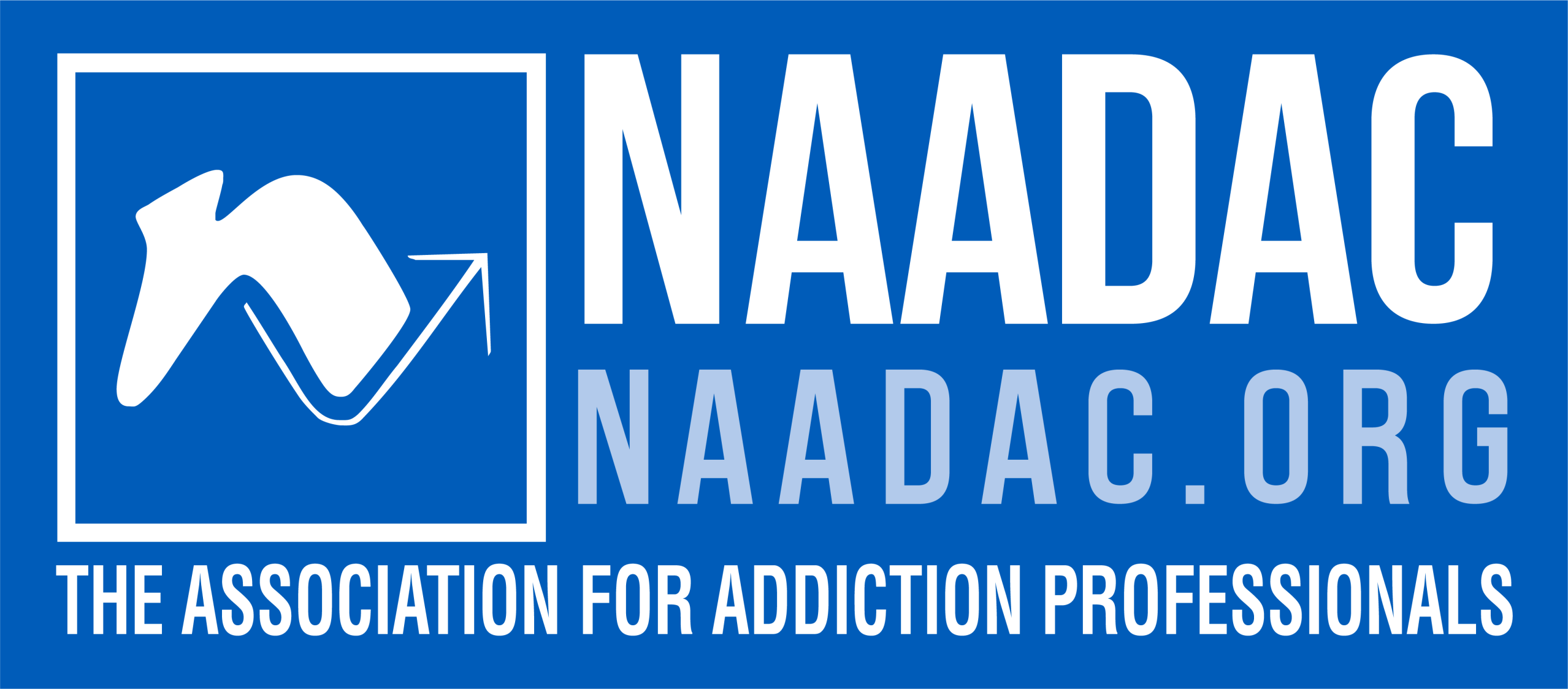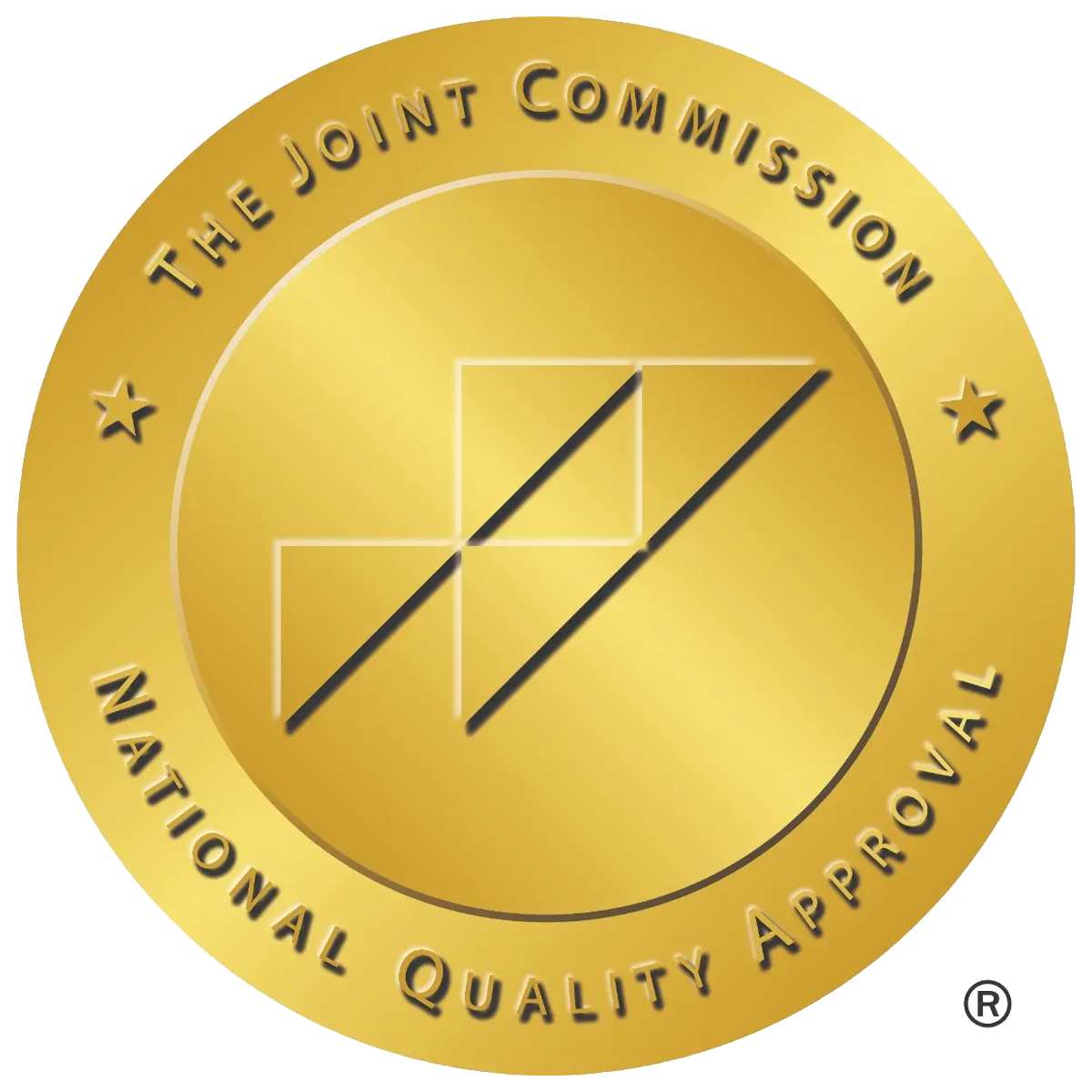Cocaine vs Crack: Can Crack Be Snorted?
GET HELP TODAY!
100% Confidentiality Guaranteed


Table of Contents
At a Glance: Cocaine vs. Crack — Can Crack Be Snorted?
- Primary route: Crack is typically smoked; snorting is uncommon, less effective, and still dangerous because it’s a freebase (not water-soluble).
- Effects if snorted: Slower onset than smoking but still causes stimulant effects (increased heart rate/blood pressure, insomnia, irritability, paranoia).
- Health risks: Severe nasal damage (nosebleeds, infections, septum perforation) plus elevated cardiovascular and mental-health risks; mixing with alcohol or opioids increases danger.
- No safe method: Any crack use carries high addiction and overdose risk regardless of route.
- Get help: Nova Recovery Center offers detox, Drug Rehab Austin, IOP Austin, CBT, relapse prevention, and peer support. Call (512) 893-6955.
| Factor | Cocaine (Powder) | Crack (Freebase) |
|---|---|---|
| Onset & Duration |
|
|
| Typical Route |
|
|
| Health Risks |
|
|
| Overdose Risk |
|
|
Call 24/7 Admissions • Confidential • Most Insurance Accepted
Risks of Snorting Crack Cocaine
Crack cocaine is a highly addictive stimulant that is typically smoked for its fast-acting euphoric effects. However, a common question people ask is: can crack be snorted? While the primary method of use is smoking, some individuals attempt to misuse the drug by snorting it. This alternative method of use comes with significant risks and is not well understood by many.
Do People Snort Crack?
Although it is uncommon, some people do snort crack in an effort to avoid the harshness of smoking or to experiment with different effects. Crack is a freebase form of cocaine, and unlike powdered cocaine, it is not water-soluble. This makes snorting crack less effective than snorting powdered cocaine. Despite this, some individuals try sniffing crack by crushing the crystals into a fine powder.
Unfortunately, snorting crack can be extremely dangerous. It may cause serious nasal damage, sinus infections, and a slower but still harmful absorption into the bloodstream.
What Happens When You Snort Crack Cocaine?
When someone chooses to snort crack cocaine, the drug is absorbed through the mucous membranes in the nose. This method delays the onset of effects compared to smoking, but it still results in stimulant-related symptoms such as:
- Increased heart rate
- Elevated blood pressure
- Insomnia
- Irritability
- Paranoia
Over time, snorting crack can erode the nasal passages, leading to chronic nosebleeds, difficulty breathing, and even perforation of the nasal septum.
Why Do People Sniff Crack?
People may try sniffing crack for several reasons, including:
- Misinformation about it being a “safer” alternative to smoking
- Curiosity or experimentation
- Lack of access to tools used for smoking crack
- Attempting to prolong the drug’s effects
However, do people snort crack safely? The answer is no. Regardless of the method, crack cocaine use is inherently risky and can lead to addiction, health complications, and life-threatening overdose.
Is It Possible to Snort Crack Safely?
Many people wonder, can you snort crack without immediate harm? The truth is that any method of crack cocaine use carries danger. Snorting crack cocaine may seem less harmful than smoking or injecting, but it still introduces toxic chemicals into the body. Long-term damage is likely, and the potential for developing a substance use disorder remains high.
In addition to nasal damage, snorting crack increases the risk of cardiovascular problems, mental health issues, and sudden death. Combining crack with other substances, such as alcohol or opioids, can further amplify the danger. Learn the signs of a cocaine overdose.
Freedom Starts Here. Take Back Your Life Today.
Same-Day Admissions in Austin Available.
The Origins and Evolution of Crack Cocaine
Crack cocaine, a derivative of cocaine hydrochloride, emerged in the United States during the 1980s. This form of cocaine, typically found in a crystalline “rock” format, differs from its powdered counterpart in how it is processed, consumed, and absorbed by the body.
Cocaine is typically extracted from the leaves of the coca plant, a shrub native to South America. Traditionally, Indigenous populations chewed the coca leaves for their stimulant effects. Modern cocaine, however, is synthesized into a powdered form or processed with baking soda and water to create crack cocaine. This method of preparation makes it more suitable for smoking crack cocaine, as it vaporizes at lower temperatures and produces an intense, immediate high.
The appeal of crack lies in its low cost and rapid onset. Unfortunately, this accessibility led to widespread misuse, particularly in underprivileged communities. Over time, it became evident that crack cocaine is not only highly addictive but also poses severe health risks, especially when compared to injecting cocaine or snorting the powdered form.
Although people snort cocaine, crack is more commonly smoked due to its chemical structure. However, some individuals still attempt to snort crack cocaine, believing it might reduce the likelihood of harm. This is a dangerous misconception. When people feel they are controlling their use by altering the method of consumption, they are often exposing themselves to different but equally serious risks.
It is essential to understand that all forms of cocaine—whether snorted, injected, or smoked—pose an increased risk of mental health problems, cardiovascular damage, and substance use disorders. These issues can develop quickly and persist for years, even after a person stops using the drug. For instance, stimulant-induced psychosis, paranoia, and depression are well-documented among users.
In addition, the stimulant nature of cocaine, including crack, can place immense strain on the cardiovascular system. This significantly increases the risk of heart attack, stroke, and other medical emergencies. The risk of overdose is also heightened by the unpredictable purity of illicit drugs and the tendency to combine cocaine with other substances.
Some individuals report that the effects of crack last approximately 30 minutes, though this varies by dose and route of administration. The short duration often leads to repeated use in a single session, which may compound the harmful outcomes.
Fortunately, treatments for cocaine addiction have evolved. Today’s evidence-based approaches include behavioral therapy, contingency management, and group counseling. These methods help address not only the chemical dependency but also the underlying causes and long-term effects of addiction.
If you or someone you love is struggling with crack cocaine misuse, it is vital to seek help promptly. Professional treatment can offer a structured, supportive environment for lasting recovery.
Recognizing the Signs of Crack Cocaine Abuse
It’s important to recognize the warning signs of crack misuse, whether a person chooses to snort crack, smoke it, or use it in another way. Signs may include:
- Dilated pupils
- Unusual bursts of energy or agitation due to cocaine is a stimulant
- Loss of appetite and weight loss
- Nasal irritation or frequent nosebleeds
- Secretive behavior or withdrawal from loved ones
If you or someone you know is showing signs of addiction, help is available.
Get Professional Help for Crack Cocaine Addiction
At Nova Recovery Center, we provide evidence-based treatment programs for individuals struggling with stimulant use disorders. Whether a person is snorting crack, smoking it, or using other stimulants, our team is here to offer support through every step of recovery.
Our programs include:
- Medically supervised detox
- Drug Rehab Austin
- IOP Austin
- Cognitive behavioral therapy (CBT)
- Relapse prevention strategies
- Peer support and aftercare services
Recovery is possible with the right help and guidance. You do not have to face addiction alone.
FAQ: Cocaine vs. Crack — Snorting, Risks, Signs & Treatment
What’s the difference between crack and cocaine?
Both derive from the coca plant. Powder cocaine is typically the hydrochloride salt (often snorted), while crack is the free‑base form processed into smokable “rocks,” producing a faster, more intense onset and high addiction risk.
Can you snort crack cocaine?
It’s uncommon, but some people crush crack and attempt to snort it. This does not make use safer and still carries significant risks, including nasal injury and cardiovascular strain. Your article addresses this misconception directly.
Is snorting crack safer than smoking it?
No. Snorting can still cause serious harm (e.g., nasal damage, infections) and systemic effects (elevated heart rate/blood pressure), while smoking delivers a faster, intense “rush” that can drive compulsive use. Neither route is safe.
How long does a crack high last compared with snorted cocaine?
Smoking crack can produce effects within seconds, often lasting about 5–10 minutes, whereas snorted powder cocaine has a slower onset and longer but less intense effect.
What happens to the body when you snort crack?
Drug particles contact nasal mucosa, causing irritation and potential erosion; systemically, stimulant effects include tachycardia, hypertension, insomnia, irritability, and paranoia—with risks for heart attack or stroke.
What are common signs of crack/cocaine misuse?
Warning signs include dilated pupils, agitation/energy bursts, weight loss, sleep problems, nosebleeds or nasal irritation, secrecy, and mood changes.
Can you overdose on crack or cocaine?
Yes. Both can cause cardiac arrest, stroke, hyperthermia, and seizures. Illicit supplies may also be adulterated (e.g., fentanyl), raising overdose risk. Seek emergency care for any suspected overdose.
What are the health risks of ongoing crack/cocaine use?
Short‑ and long‑term risks include heart and vascular damage, psychiatric symptoms (anxiety, paranoia), nasal/sinus injury (if snorted), and lung issues (if smoked).
What are cocaine withdrawal symptoms and how long do they last?
Withdrawal can bring fatigue, sleep disturbance, depression, anxiety, irritability, and strong cravings. Onset is typically within hours to a few days after stopping; acute symptoms often last days to weeks, and cravings can persist longer. Medical support is recommended.
Are there FDA‑approved medications for cocaine (or crack) addiction?
No FDA‑approved medications currently treat cocaine use disorder; care relies on behavioral therapies. Evidence‑based approaches include contingency management and CBT, often within structured programs (detox, inpatient, IOP, aftercare).
What is contingency management (CM), and does it work for stimulant use?
CM provides small, tangible rewards for meeting treatment goals (e.g., negative drug screens). It has strong evidence for improving abstinence and retention in stimulant use disorders, including cocaine.
Is it safe to detox from crack/cocaine at home?
Because of severe mood symptoms and cravings, at‑home detox can be unsafe. A medically supervised setting lowers risk and connects you to ongoing care.
What treatment options does Nova provide for stimulant use disorders?
Programs typically include medically supervised detox, residential or outpatient rehab (including IOP), CBT, relapse‑prevention, and peer support—matching the severity of use and personal needs. (Aligns with your page and standard SUD care.)
Other Drug and Alcohol Rehab Locations
Outside Austin? Explore outpatient rehab in Houston or our San Antonio IOP for the same quality care.
Medical Disclaimer
The content on this page is intended for educational and informational purposes only and should not be considered a substitute for professional medical advice, diagnosis, or treatment. Cocaine, crack cocaine, and all controlled substances carry serious health risks and should never be used without medical supervision. Always consult a qualified healthcare professional before making decisions about your health or substance use treatment. Do not attempt to detox, stop use, or change any treatment plan without guidance from a licensed provider.
If you are experiencing severe withdrawal symptoms, overdose warning signs, or thoughts of self-harm, call 911 (in the U.S.) or seek immediate medical assistance.
Nova Recovery Center Editorial Guidelines
By instituting a policy, we create a standardized approach to how we create, verify, and distribute all content and resources we produce. An editorial policy helps us ensure that any material our writing and clinical team create, both online and in print, meets or exceeds our standards of integrity and accuracy. Our goal is to demonstrate our commitment to education and patient support by creating valuable resources within our realm of expertise, verifying them for accuracy, and providing relevant, respectful, and insightful data to our clients and families.

